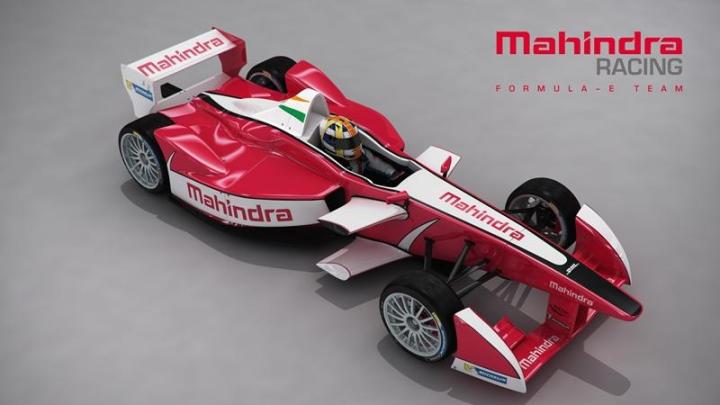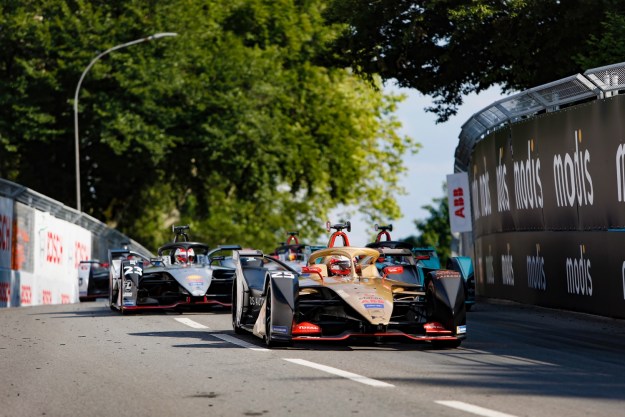
Indian carmaker Mahindra is the latest to join Formula E, a green counterpart to open-wheel racing series like Formula One and IndyCar.
Mahindra Racing is the eighth team to join Formula E, which will have its inaugural season in 2014. It will be competing against some big names, including Andretti Racing, Drayson Racing, and Audi Sport ABT.
The company already sells a line of electric cars in India, so joining the series will have some public-relations relevance. However, Mahindra won’t apply any of the know-how from its road going EVs to its racing effort, at least for now.
All Formula E teams will use a common chassis developed by Renault and Spark Racing Technology.
From the outside car, known as the Spark-Renault SRT_01E, looks like an ordinary open-wheel race car. That’s because the electric motor and batteries are mounted where a gasoline engine and fuel tank normally reside.
The cars will spend most of each one-hour race in power-saving mode, with 180 horsepower. However, drivers will also have a push-to-pass feature that gives them access to the cars’ full output of 270 hp.
Unlike a Formula One event, each Formula E event will take place over one day, with practice, qualifying, and the actual race taking place one after the other.
Since all races will take place on temporary street circuits, organizers wanted to minimize disruption to the host cities, which will include Miami and Los Angeles.
It’s not like those batteries could last through an entire weekend of driving, anyway.
Most Americans probably known Mahindra only for its tractors, but the company produces a full line of cars in India, and is involved in MotoGP racing. It has made a few attempts over the years to sell pickup trucks in the United States.
Editors' Recommendations
- Audi Q6 e-tron ushers in the automaker’s next EV phase
- Rivian won’t start delivering its electric pickup truck until 2021
- Vintage car group says EV classics aren’t real classics. Here’s why that’s wrong
- Ferdinand Porsche was 100 years ahead of his time with his 1900 hybrid
- Porsche 99X Electric Formula E race car carries the weight of great expectations


